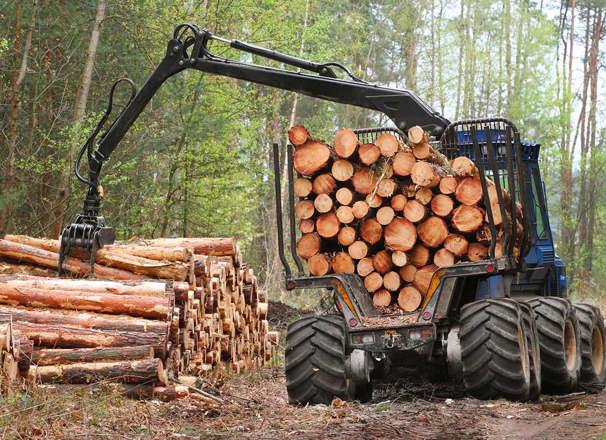Personal trainers work closely with each client to build a positive working relationship. They may meet daily, weekly, or monthly to suit the level of training requested. One-on-one training sessions vary depending on the client’s goals and the amount of coaching or demonstration needed. Personal trainers may work with the public or with a specific group. For example, they may work with seniors, youth, elite athletes, obese adults without health complications, or people with disabilities.
Personal trainers apply their knowledge of human anatomy, exercise physiology, and exercise training principles to develop, monitor, evaluate, and adapt individual client’s fitness programs.
In general, personal trainers:
- Perform a personal fitness assessment to determine client fitness level, abilities, and goals
- Measure body composition, aerobic and anaerobic fitness, muscular strength and endurance, joint flexibility, and postural alignment, which may include taking blood pressure, heart rate, and heart recovery rate
- Develop personal exercise plans
- Demonstrate correct exercise techniques, progressions, and proper use of equipment
- Teach proper breathing techniques
- Monitor client progress and adapt programs as needed
- Monitor client’s exercise technique
- Demonstrate adaptations to optimize progress and reduce risk of injury
- Ensure safety in all aspects of planning and delivery of programs, with an emphasis on reaching client goals and preventing and managing injuries
- Provide evidence-based resources about nutrition, healthy living, and physical activity within their scope of practice
- Work within their level of knowledge, skills, and education
- Be aware of and demonstrate diversity, inclusion, and culturally sensitive principles
Personal trainers who work for fitness facilities may also:
- Record member information
- Promote the facility through membership sales
- Teach and demonstrate correct use of equipment, such as treadmills and weight machines
- Clean and maintain equipment
- Advise clients about proper clothing and footwear
- Lead or help with workshops and information sessions
- Offer livestream or online fitness consultation



